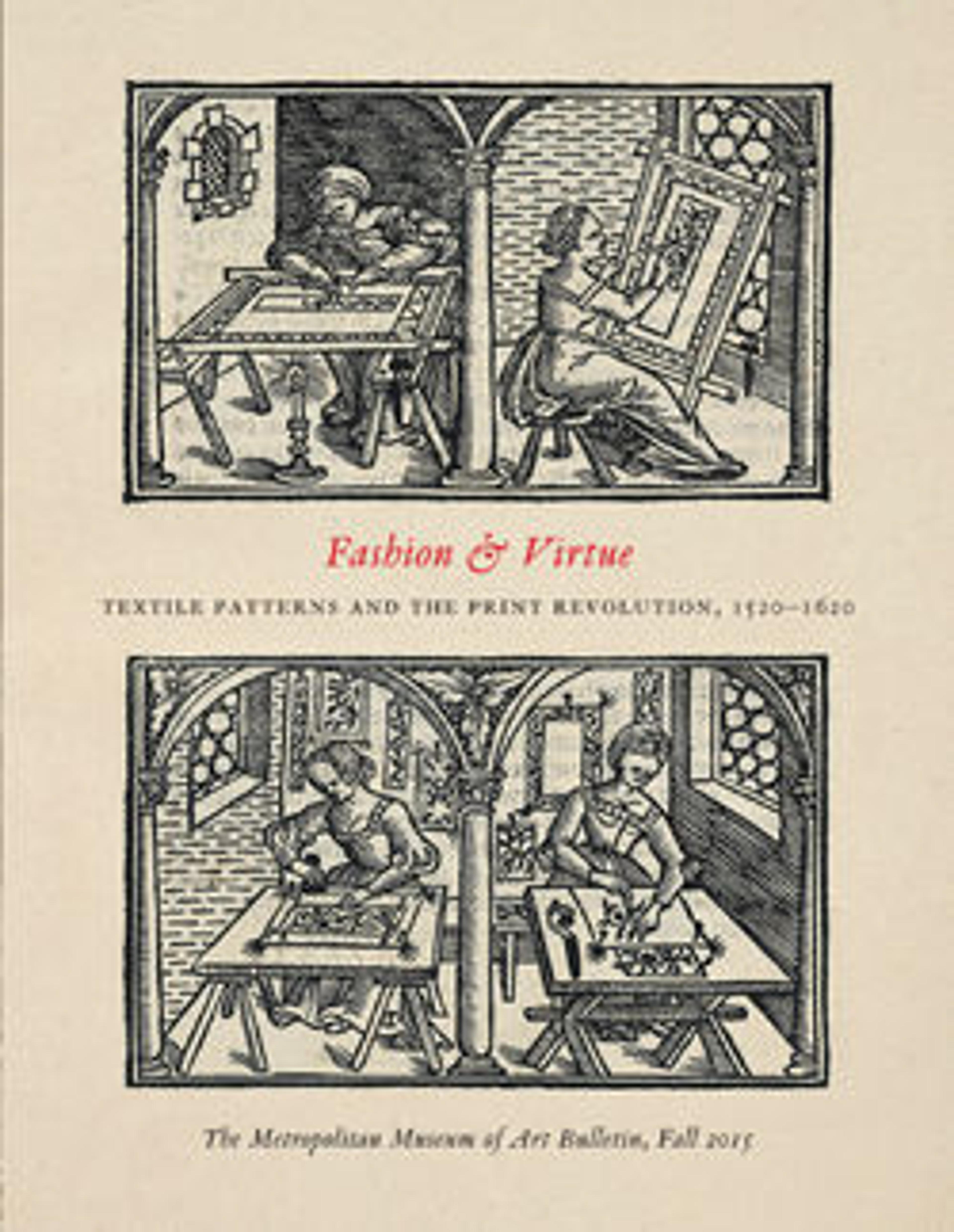The Angel of the Annunciation (Cartoon for an Embroidery)
A master designer for embroideries in the Renaissance, Raffaellino del Garbo was a pupil of Filippino Lippi (ca. 1457-1504) and a gifted draftsman. Purchased by the Museum in New York in 1912 as a work by Filippino Lippi , this delicate pricked cartoon (full-scale drawing) was one of many made by Raffaellino as models for embroidered figures: the inner and outer contour lines of this study were in fact carefully pricked for transfer. Garzelli (1973) identified a badly damaged embroideredd fragment with the archangel of the Annunciation and a composition similar to that of the present drawing on a chasuble at the collegiate church of San Martino at Pietrasanta. Although the physical evidence confirms that this sheet was a highly functional working drawing, a number of small differences in design suggest that it was not directly used to produce the Pietrasanta embroidery. It seems possible that Raffaellino produced at least few variations on the Annunciate-angel type –given the popularity of the Annunciation in Renaissance textiles as well as his extensive use of spolvero-based techniques of design reproduction in his countless extant drawings.
The figural type and the delicacy of line and white gouache heightening are typical of Raffaellino's drawings and reflect the impact of his master Filippino Lippino, especially his tondos of 1483-84 in the Museo Civico of San Gimignano and his 'Adoration of the Chirst' of about 1495-97 in the Alte Pinakothek of Munich - paintings that probably date more than twenty years earlier than Raffaellino's small sheet.
The figural type and the delicacy of line and white gouache heightening are typical of Raffaellino's drawings and reflect the impact of his master Filippino Lippino, especially his tondos of 1483-84 in the Museo Civico of San Gimignano and his 'Adoration of the Chirst' of about 1495-97 in the Alte Pinakothek of Munich - paintings that probably date more than twenty years earlier than Raffaellino's small sheet.
Artwork Details
- Title: The Angel of the Annunciation (Cartoon for an Embroidery)
- Artist: Raffaellino del Garbo (also known as Raffaelle de' Capponi and Raffaelle de' Carli) (Italian, San Lorenzo a Vigliano, near Florence, ca. 1470–after 1527 Florence)
- Date: 1466–1524
- Medium: Pen and brown ink, brush and brown wash, highlighted with white gouache, over black chalk on paper washed brown; outlines of design and framing outlines pricked and with traces of rubbed black pouncing dust
- Dimensions: Diameter: 3 13/16 in. (9.7 cm)
- Classification: Drawings
- Credit Line: Rogers Fund, 1912
- Object Number: 12.56.5a
- Curatorial Department: Drawings and Prints
More Artwork
Research Resources
The Met provides unparalleled resources for research and welcomes an international community of students and scholars. The Met's Open Access API is where creators and researchers can connect to the The Met collection. Open Access data and public domain images are available for unrestricted commercial and noncommercial use without permission or fee.
To request images under copyright and other restrictions, please use this Image Request form.
Feedback
We continue to research and examine historical and cultural context for objects in The Met collection. If you have comments or questions about this object record, please complete and submit this form. The Museum looks forward to receiving your comments.
